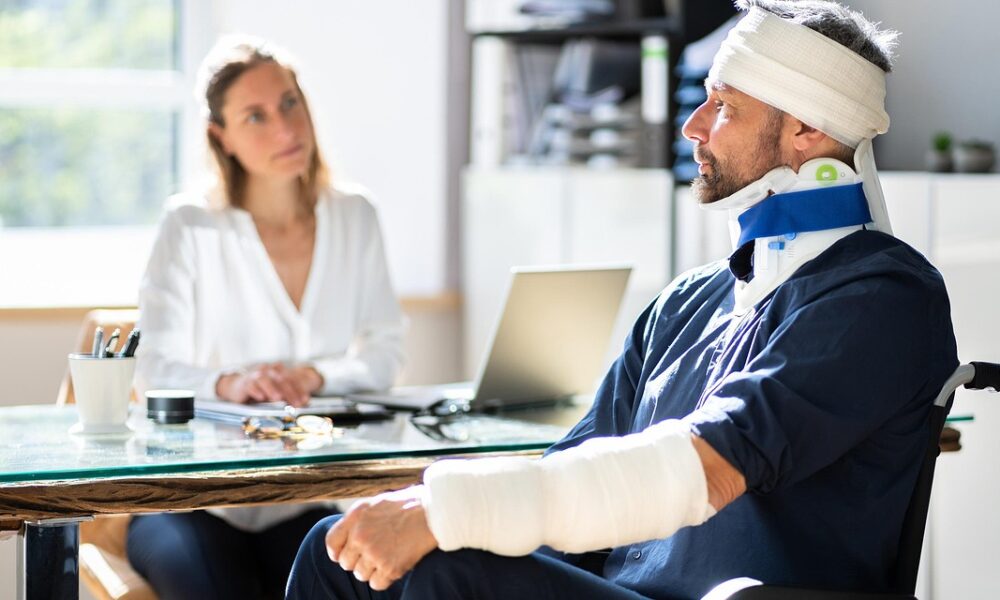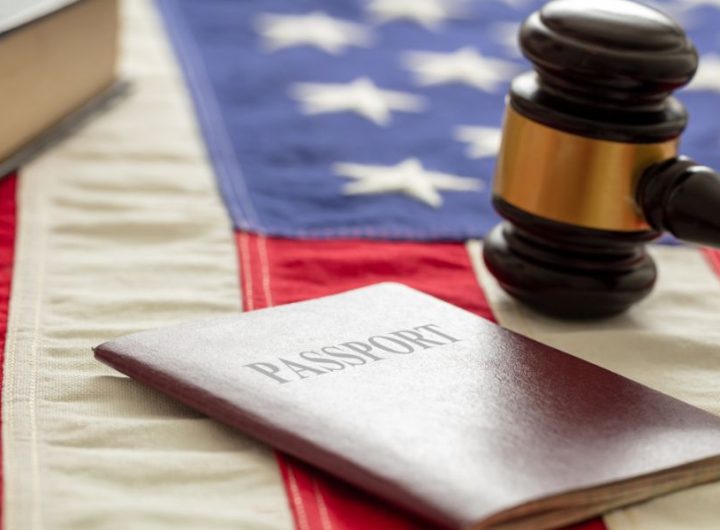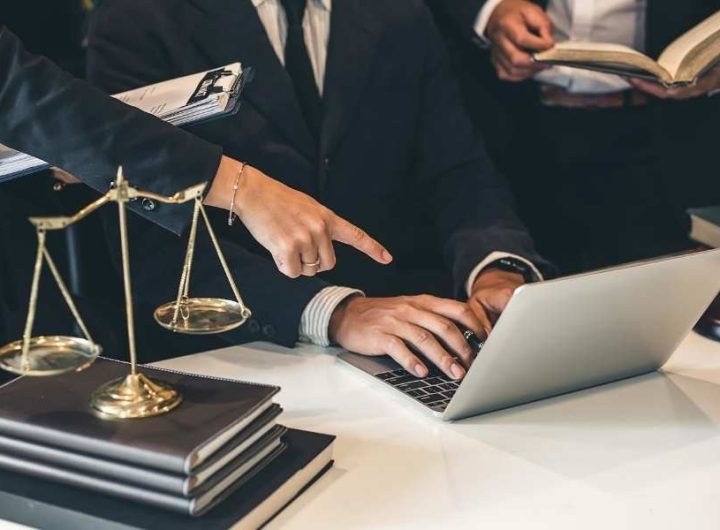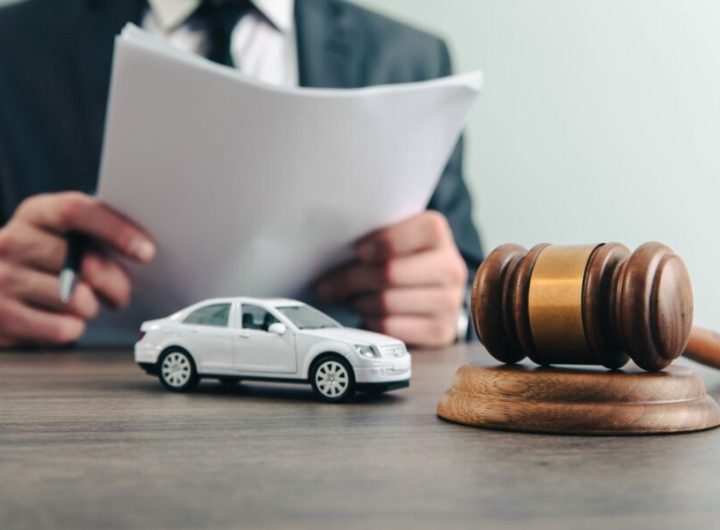
When crashes leave behind confusion and finger-pointing, accident reconstruction — the scientific process of analyzing how a collision occurred — answers the most important question in a personal injury case: what really happened. In Indiana, accident reconstruction blends physics, scene evidence, and modern technology to clarify liability, often making the difference between a denied claim and a fair recovery. This guide explains What Is Accident Reconstruction, how specialists rebuild events, the evidence they rely on, and why their findings carry weight in negotiations and court. Readers looking to learn more about whether a case needs reconstruction will find practical, Indiana-focused insights below.
How accident reconstruction specialists recreate events
Reconstruction starts with a disciplined process, document, measure, model, and test. Specialists arrive early, before weather and traffic erase the story the roadway is trying to tell.
- Scene preservation and mapping: They photograph and scan the crash scene, measuring skid and yaw marks, gouges, debris fields, and final rest positions. On Indiana’s rural two‑lanes or busy I‑65, grade, curvature, and sightlines matter, so roadway geometry is captured precisely.
- Vehicle inspections: Damage tells a story. Crush profiles, bumper heights, paint transfers, and airbag deployments help estimate impact speed and angle. Heavy trucks yield additional brake and air system clues.
- Physics and time‑distance analysis: Using conservation of momentum, drag factors, and perception‑reaction time, experts model how fast vehicles traveled and how much time drivers had to avoid the collision. Wet leaves in fall or black ice in January change the available friction, and the math.
- Human factors: Lighting, glare, and occlusions (parked vans, landscape berms, or a semi’s trailer) affect what a driver could perceive. A left‑turn crash at dusk in Greenwood is analyzed differently than a midday rear‑ender in downtown Indianapolis.
- Iteration and validation: Initial models are stress‑tested with alternative assumptions: What if the SUV was 5 mph slower? What if the stop sign was partially obscured? Reliable conclusions are those that remain consistent across plausible inputs.
At the end, the expert produces a timeline, who was where, when, tying physical facts to Indiana’s comparative fault framework.
Evidence commonly used in reconstruction investigations
Accident reconstruction lives or dies on quality evidence. The most persuasive cases gather a wide net of data, fast.
- Scene evidence: Skid and yaw marks, scrub patterns, gouge marks, debris fields, fluid trails, guardrail strikes, and roadway defects. Measurements are taken before traffic and weather degrade them.
- Vehicle evidence: Exterior crush, frame deformation, airbag control modules, seatbelt webbing marks, lamp filament analysis (was a bulb lit at impact?), and truck ECM/telematics for speed, throttle, and brake application.
- Electronic data: Event data recorders (EDRs) in many passenger vehicles store seconds of pre‑crash speed, brake, and steering inputs. Commercial fleets often add GPS breadcrumbs and dash‑cam video. Doorbell cams and nearby business surveillance are increasingly decisive.
- Official records: Police crash reports, scaled diagrams, citations, 911 call logs, and toxicology results. In Indiana, the Officer’s Standard Crash Report offers a starting point, not the last word.
- Context evidence: Weather radar snapshots, sunrise/sunset tables, work‑zone plans, maintenance logs, and cell phone records (usage timing can be critical in distraction disputes).
Preservation letters should go out quickly to prevent spoliation, especially for trucking ECM data and third‑party videos that auto‑delete on short cycles.
Role of technology and simulations in modern cases
Modern reconstruction marries boots‑on‑the‑ground work with precise digital tools.
- 3D laser scanning and photogrammetry: FARO and similar scanners create millimeter‑accurate point clouds of scenes and vehicles. Photogrammetry extracts measurements from photos when a scan wasn’t possible.
- Drones: Aerial imagery captures long skid paths and multi‑lane geometry safely and quickly, especially on interstates.
- Simulation software: Platforms like PC‑Crash or HVE simulate vehicle dynamics, while occupant models (e.g., MADYMO) assess how injuries align with crash forces. These tools aren’t black boxes: inputs and assumptions must be disclosed and defensible.
- Animations and visuals: Courts often allow animations as demonstrative aids when they fairly depict the expert’s opinions. In Indiana, as under Rule of Evidence 702, judges act as gatekeepers, so reliability and clear foundations are critical.
The upshot: Technology turns raw data into a coherent, testable narrative jurors can grasp in minutes.
Strengthening liability claims through expert testimony
Accident reconstruction experts don’t just do math, they translate physics into plain English that aligns with legal standards of proof.
- Clarifying fault under Indiana’s modified comparative fault rule: If a plaintiff is 50% or less at fault, they can still recover, reduced by their percentage: at 51% or more, recovery is barred. Reconstruction helps pin down percentages credibly.
- Connecting mechanics to causation: It’s not enough to show a driver was speeding: the expert explains how that speed eliminated the time needed to avoid impact, matching force vectors to injury patterns.
- Deposition and trial: Effective experts teach. They use scaled diagrams, timelines, and simple analogies (“think of the SUV like a bowling ball with too much spin”). Jurors remember clean stories.
- Meeting admissibility standards: Opinions must rest on sufficient facts and reliable methods. Clear reports, disclosed datasets, and reproducible calculations withstand cross‑examination.
Early engagement matters. When experts guide evidence collection from day one, the liability story is sharper, and usually more persuasive. Learn more by discussing timing and scope with counsel before evidence disappears.
Reconstruction in complex multi-vehicle accident disputes
Chain‑reaction crashes demand sequencing, who hit whom, and in what order. Without it, fault gets spread too thin or assigned backwards.
Consider a foggy I‑65 pileup: A tractor‑trailer brakes hard, a box truck strikes its trailer, and two passenger cars collide while swerving. Reconstructionists analyze crush overlap, paint transfers, lamp‑on status, and EDR timelines to order the impacts. Time‑distance work shows whether the following driver had a realistic avoidance window or if a phantom vehicle’s sudden lane change triggered the chaos.
In intersection multi‑car events, visibility triangles and gap acceptance matter. Was the left‑turning driver forced by an oncoming speeder, or did they accept an unsafe gap? Truck ECMs, civilian videos, and 3D scene models often tip the balance, enabling a fair apportionment of fault among multiple insurers under Indiana law.
Legal value of reconstruction in settlement negotiations
Most Indiana personal injury claims resolve before trial. Credible reconstruction compresses the negotiation gap.
- Liability clarity moves money: Adjusters increase reserves when an expert’s report and visuals make fault hard to dispute.
- Mediation leverage: Side‑by‑side stills from a dash cam, a clean 3D diagram, and a speed‑time chart can turn a mediator’s “maybe” into a recommendation to stretch toward policy limits.
- Pre‑suit pressure: In severe‑injury cases, early reconstruction paired with a well‑documented demand package can trigger faster tenders, especially when multiple carriers are jockeying under comparative fault.
Bottom line: Strong physics, presented simply, narrows “we disagree” to “what’s the number?”
Recent Indiana cases influenced by accident reconstruction
Across Indiana in the last few years, reconstruction evidence has repeatedly shaped outcomes, in courtrooms and at the bargaining table.
- Left‑turn vs. motorcycle disputes: In several reported trial results, EDR‑supported speed analyses and sightline studies clarified whether the turning driver misjudged the gap or the rider’s speed was the primary cause, directly affecting comparative fault splits and damages.
- Rural nighttime pedestrian impacts: Visibility assessments using headlamp photometry and retroreflectivity testing have persuaded courts that a driver could not reasonably detect a pedestrian until seconds before impact, or, in other cases, that speed and inattention erased the available reaction time. Those findings swung liability determinations.
- Interstate pileups: Judges have admitted 3D scene scans and trucking ECM data when properly authenticated, enabling precise sequencing of contacts. With a reliable timeline, plaintiffs have overcome blanket “sudden emergency” defenses and secured apportionments more consistent with physics.
While each matter turns on its facts, the trend is clear: Indiana decision‑makers reward timely evidence preservation, transparent methods, and visuals that make complex dynamics obvious. If a case hinges on who had time to see and avoid, accident reconstruction is often the most credible path to the truth, and to a fair resolution. To learn more about whether your situation warrants a reconstruction, speak with counsel early, ideally within Indiana’s two‑year statute of limitations for most personal injury claims.


 Uncovering the Realms of Property Division During a Divorce Case
Uncovering the Realms of Property Division During a Divorce Case  Estate Planning After Divorce: Protecting Your Financial Future in Boston
Estate Planning After Divorce: Protecting Your Financial Future in Boston  The Role of Evidence in Winning a Car Accident Claim in Atlanta
The Role of Evidence in Winning a Car Accident Claim in Atlanta  Exploring the EB-5 Investor Visa Program and Immigration Pathways in 2025
Exploring the EB-5 Investor Visa Program and Immigration Pathways in 2025  Workers’ Compensation Rights and Employee Protections in Washington State
Workers’ Compensation Rights and Employee Protections in Washington State  Smart Strategies a Harlem Personal Injury Lawyer Uses to Maximize Car Accident Settlements
Smart Strategies a Harlem Personal Injury Lawyer Uses to Maximize Car Accident Settlements